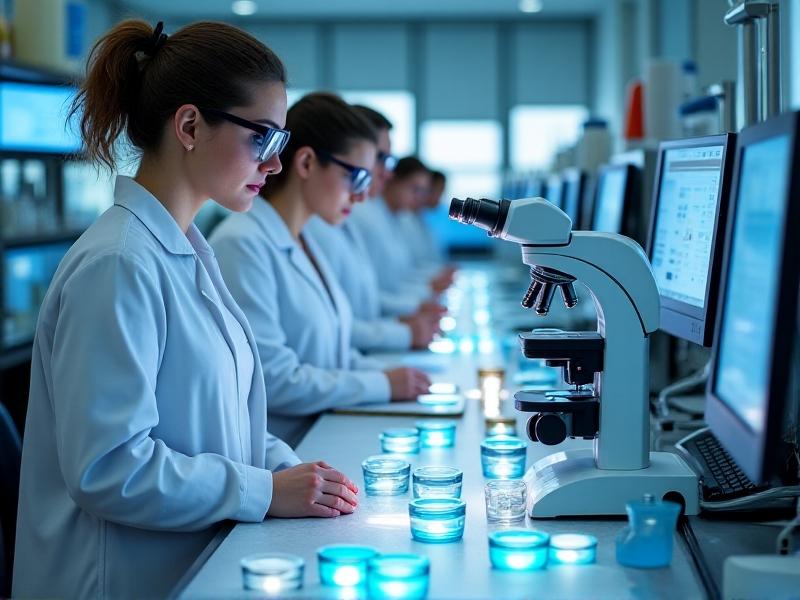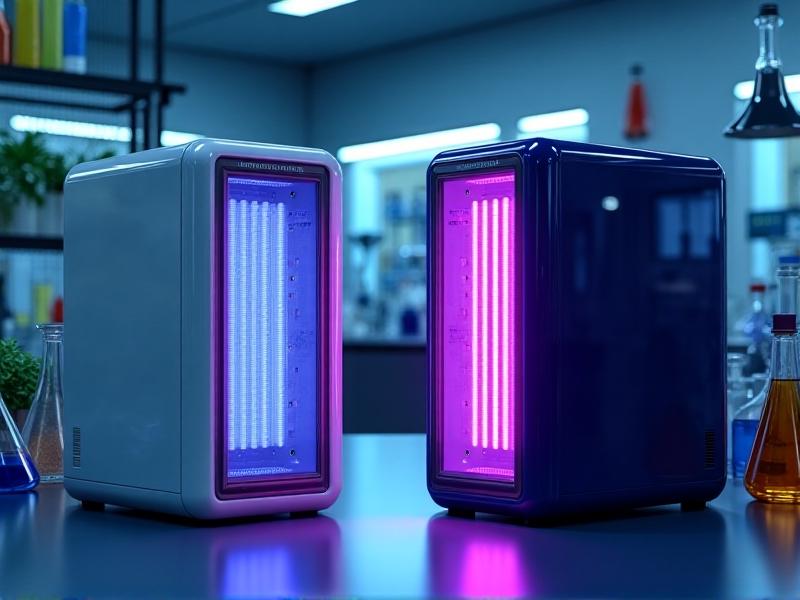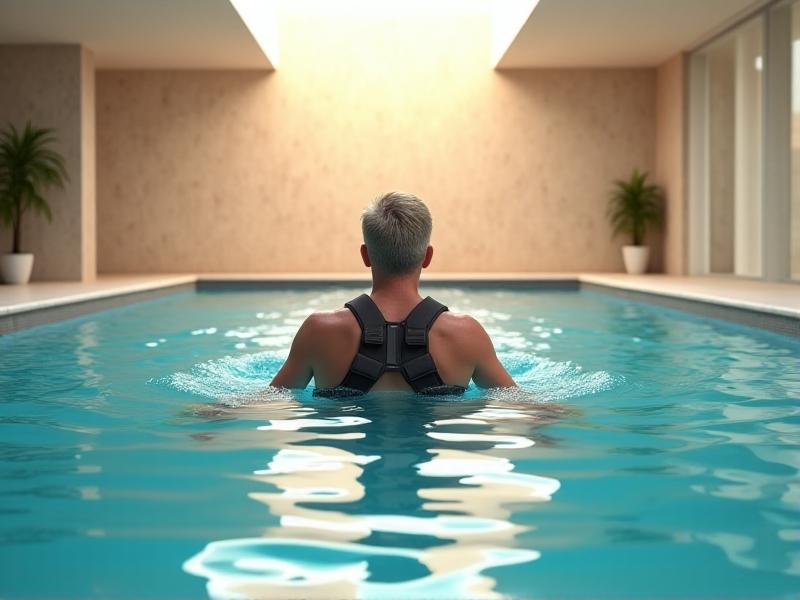Salinity Sensors with IoT Integration
Introduction to Salinity Sensors and IoT Integration
Salinity sensors are critical tools used to measure the concentration of salt in water, which is essential for various applications such as agriculture, aquaculture, and environmental monitoring. With the advent of the Internet of Things (IoT), these sensors have become even more powerful, enabling real-time data collection, analysis, and remote monitoring. This integration not only enhances the accuracy and efficiency of salinity measurements but also opens up new possibilities for managing water resources sustainably. In this article, we will explore the key aspects of salinity sensors with IoT integration, from their working principles to their applications and future potential.
How Salinity Sensors Work
Salinity sensors operate by measuring the electrical conductivity of water, which is directly related to the concentration of dissolved salts. These sensors typically consist of electrodes that generate an electric field in the water. As the water's conductivity changes with salinity, the sensor detects these variations and converts them into measurable data. Advanced salinity sensors may also incorporate temperature compensation to ensure accurate readings across different environmental conditions. When integrated with IoT, these sensors can transmit data wirelessly to a central system, allowing for continuous monitoring and analysis.
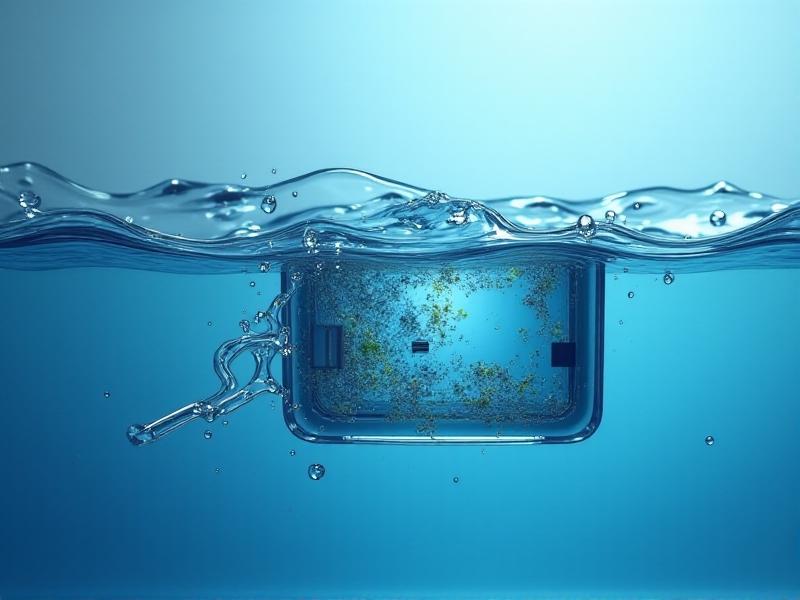
The Role of IoT in Enhancing Salinity Monitoring
IoT technology has revolutionized salinity monitoring by enabling seamless connectivity and data sharing. IoT-enabled salinity sensors can transmit data to cloud-based platforms, where it is stored, analyzed, and visualized in real-time. This allows users to access salinity information from anywhere, using devices such as smartphones or computers. Additionally, IoT integration facilitates predictive analytics, where historical data can be used to forecast salinity trends and make informed decisions. For instance, in agriculture, farmers can use this data to optimize irrigation practices, ensuring that crops receive the right amount of water without excessive salt buildup.

Applications of Salinity Sensors with IoT Integration
The integration of salinity sensors with IoT has a wide range of applications across various industries. In aquaculture, for example, maintaining optimal salinity levels is crucial for the health and growth of aquatic organisms. IoT-enabled sensors allow fish farmers to monitor water conditions continuously, ensuring that salinity remains within the desired range. In environmental monitoring, these sensors are used to track the salinity of rivers, lakes, and oceans, helping to detect changes that could indicate pollution or other ecological issues. Additionally, in water treatment plants, salinity sensors with IoT integration can help manage desalination processes more efficiently, ensuring the production of clean, safe drinking water.
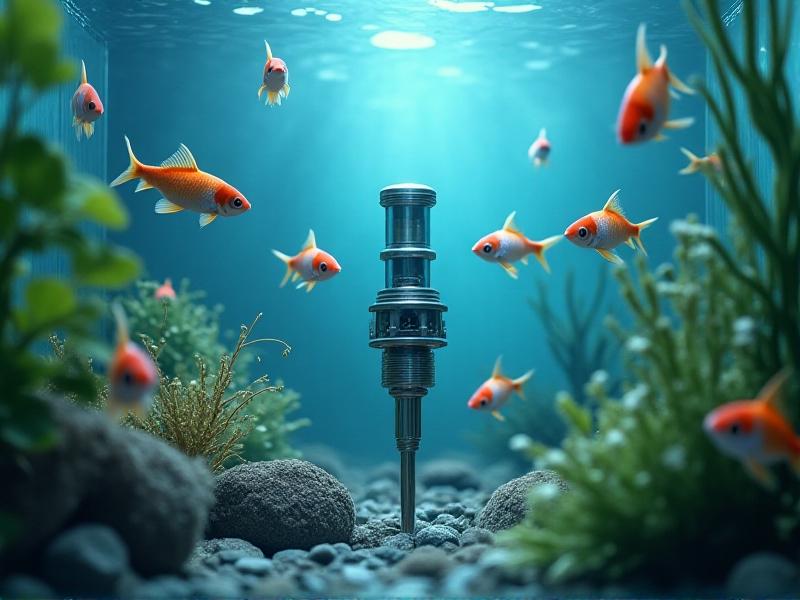
Challenges and Solutions in IoT-Integrated Salinity Sensing
While the integration of salinity sensors with IoT offers numerous benefits, it also presents certain challenges. One of the primary issues is the need for reliable connectivity, especially in remote or harsh environments where salinity monitoring is often required. To address this, advanced communication protocols such as LoRaWAN or satellite connectivity can be used to ensure data transmission even in areas with limited infrastructure. Another challenge is the power supply for IoT devices, which can be mitigated by using energy-efficient sensors and renewable energy sources like solar panels. Additionally, data security and privacy are critical concerns, requiring robust encryption and authentication mechanisms to protect sensitive information.
Future Trends in Salinity Sensors and IoT
The future of salinity sensors with IoT integration looks promising, with several emerging trends poised to enhance their capabilities further. One such trend is the development of miniaturized and low-cost sensors, making them more accessible for widespread use. Another exciting advancement is the incorporation of artificial intelligence (AI) and machine learning algorithms, which can analyze salinity data more effectively and provide actionable insights. Furthermore, the integration of salinity sensors with other environmental sensors, such as temperature and pH sensors, will enable more comprehensive monitoring of water quality. As these technologies continue to evolve, they will play a crucial role in addressing global water management challenges and promoting sustainable practices.
Conclusion
Salinity sensors with IoT integration represent a significant advancement in water quality monitoring, offering numerous benefits across various industries. By enabling real-time data collection, analysis, and remote monitoring, these sensors help optimize water management practices and promote sustainability. Despite the challenges, ongoing technological advancements are addressing these issues, paving the way for more efficient and accessible solutions. As we look to the future, the continued evolution of salinity sensors and IoT integration will undoubtedly play a vital role in addressing global water challenges and ensuring the sustainable use of this precious resource.

